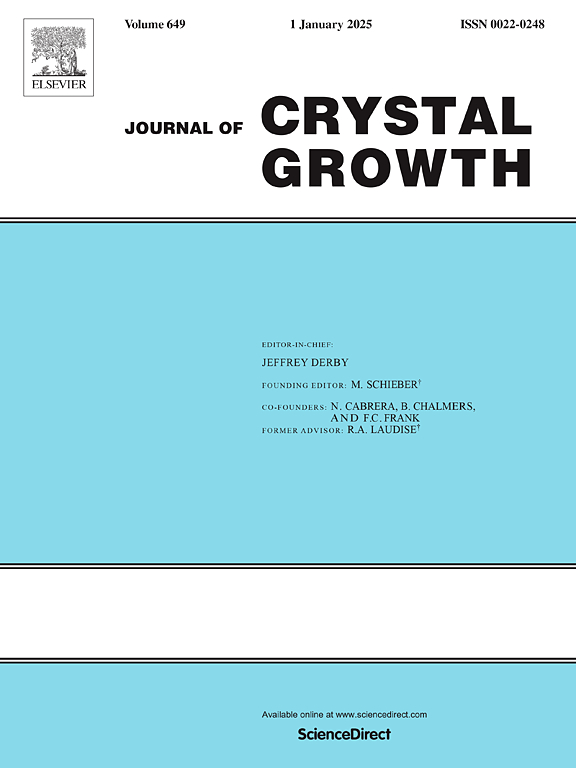Annona reticulata fruit-based phytosynthesis of zinc oxide nanoparticles and assess antioxidant, antibacterial and photocatalytic degradation of textile dyes
IF 1.7
4区 材料科学
Q3 CRYSTALLOGRAPHY
引用次数: 0
Abstract
The release of textile dyes into water systems poses a significant risk of increasing the prevalence of multidrug-resistant (MDR) organisms, which can have a detrimental effect on the health of both humans and animals. The efficacy of this method in the efficient removal of multidrug-resistant (MDR) organisms and deleterious dyes from effluent treatment for the purpose of environmental remediation is highly promising. The present study introduces novel zinc oxide nanoparticles (ZnONPs) that are made using Annona reticulata fruit extract as a reducing agent in a green production method. We employed UV–Vis spectroscopy, X-ray diffraction (XRD), Fourier-transform infrared (FT-IR) spectroscopy and field emission scanning electron microscopy (FE-SEM) with energy dispersive X-ray spectroscopy (EDX) to analyse the ARF-ZnONPs that were generated through biosynthesis. The antibacterial effects of green synthesised ARF-ZnONPs were evaluated against both gram-positive and gram-negative bacteria. In addition, the degradation of azo dyes (methylene blue and reactive red 120) was measured under direct sunlight exposure. The ARF-ZnONPs were obtained with an absorption peak maximum at 369 nm, as evidenced by the UV–Vis spectrum. According to the research, the nucleation and stability of ARF-ZnONPs are influenced by phenolic compounds, alkaloids, terpenoids, and proteins present in the fruit extract of A. reticulata, as demonstrated by FT-IR analysis. A hexagonal wurtzite crystal structure is demonstrated in the XRD pattern of ARF-ZnONPs, with an average particle size of approximately 52 nm. The EDX spectrum verified the presence of the element Zn, and the FE-SEM image featured a hexagonal architecture. Against S. aureus, the maximum area of inhibition was 21.23 ± 0.35 mm, while against P. aeruginosa, it was 19.34 ± 0.26 mm. The degradation of azo dyes (MB and RR 120) was measured under direct sunlight exposure to evaluate the photocatalytic efficiency of ARF-ZnONPs. Thus, the aforementioned findings indicate that the ARF-ZnONPs synthesised using the environmentally benign method can be employed for a diverse array of antibacterial and environmental applications.
求助全文
约1分钟内获得全文
求助全文
来源期刊

Journal of Crystal Growth
化学-晶体学
CiteScore
3.60
自引率
11.10%
发文量
373
审稿时长
65 days
期刊介绍:
The journal offers a common reference and publication source for workers engaged in research on the experimental and theoretical aspects of crystal growth and its applications, e.g. in devices. Experimental and theoretical contributions are published in the following fields: theory of nucleation and growth, molecular kinetics and transport phenomena, crystallization in viscous media such as polymers and glasses; crystal growth of metals, minerals, semiconductors, superconductors, magnetics, inorganic, organic and biological substances in bulk or as thin films; molecular beam epitaxy, chemical vapor deposition, growth of III-V and II-VI and other semiconductors; characterization of single crystals by physical and chemical methods; apparatus, instrumentation and techniques for crystal growth, and purification methods; multilayer heterostructures and their characterisation with an emphasis on crystal growth and epitaxial aspects of electronic materials. A special feature of the journal is the periodic inclusion of proceedings of symposia and conferences on relevant aspects of crystal growth.
 求助内容:
求助内容: 应助结果提醒方式:
应助结果提醒方式:


